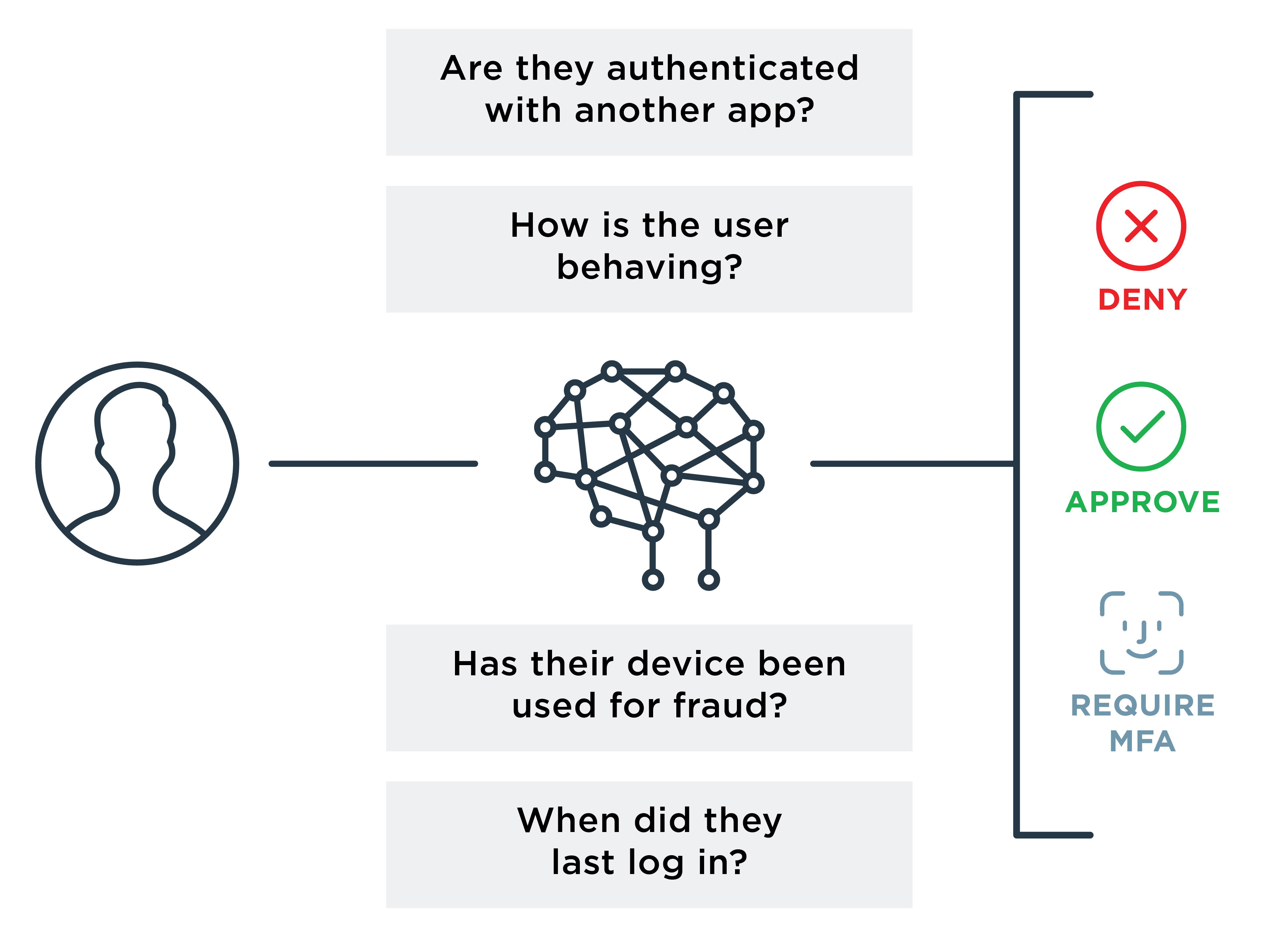Identity and Access Management (IAM) for Insurance Companies
According to the National Association of Insurance Commissioners (NAIC), cybersecurity is one of the most important topics for the insurance sector. "Insurers and insurance producers must protect the highly sensitive consumer financial and health information collected as part of the underwriting and claims processes." The risk of cyberattacks increases when subsidiaries, partners and third-party contractors are involved and have access to personally identifiable information (PII). For example, in 2020, Chubb had a "security incident" involving unauthorized access to data belonging to an unnamed third-party.
Customers want a frictionless experience and real-time responses from their insurance providers. Insurance companies still relying on outdated legacy systems are putting their customers and reputations at risk. Read on to learn how modern identity and access management (IAM) solutions address security, privacy, compliance and customer experience issues for insurance companies.
Why your Insurance Company needs Identity and Access Management (IAM)
Most people have some form of insurance, which varies by age, such as health, life, auto or identity theft. Enterprises can also have a variety of policies, such as general liability, product liability, commercial property or cybersecurity liability. Keeping customer data secure while also providing a seamless user experience is essential to staying competitive and compliant with applicable regulations.
Customers are beginning to expect the same level of service from all their online interactions that they can find at leading online retailers or "born online" startups. Insurance companies still using unsupported legacy systems or at the beginning of their digital transformation are leaving customers frustrated.
Cloud identity and access management (cloud IAM) is a flexible solution that allows you to authenticate users wherever they are, at any time, and secure access to resources across cloud, SaaS, on-prem and APIs. IAM solutions are available for customers, employees and partners, and can be integrated to provide a complete solution for insurers while increasing your speed, agility and efficiency.

Customer Identity and Access Management (CIAM) for Insurance Companies
Customer identity and access management (CIAM) solutions offer features including registration, self-service account management, consent and preference management, single sign-on (SSO), multi-factor authentication (MFA), access control, directory services and data access governance. CIAM solutions are scalable and ensure a secure, frictionless customer experience regardless of whether a user logs in from a computer or mobile device. Customer experience touchpoints that identity services can enable include:
- How quickly they can register and get quotes
- Personalized communications and offers
- Pre-filled information on long forms
- Multiple security and authentication options, such as biometrics and ID/document verification
- Enforcement of customer consent to data sharing and privacy regulations
CIAM can also prevent fraudsters from taking over customer accounts. If a login seems suspicious, additional layers of authorization can be required, denying the fraudster access to the account.

Watch this short video to see the customer journey for a financial services firm.
Workforce, Partner and Third-party Identity and Access Management for Insurance Companies
Employees, partners and third-party contractors also need seamless experiences to complete their work. Because insurance companies have to provide different levels of access for different users, a workforce IAM solution verifies the user's identity and controls access to data and resources.
Access management makes sure people are granted access to the right resources and nothing more. Because even verified users can pose a threat to an enterprise, customer and corporate data need to be protected. For example, you don't want third-party contractors to have the same access and privileges as senior management. In addition to protecting access to data, IAM solutions can also allow you to set different levels of privileges, so some users can view information while others can edit it.
Watch this short video to see how employees use IAM at a financial services firm.
How IAM Helps the Insurance Industry
Here are some highlights from a case study on a nationwide health insurance provider to give you an idea of what a CIAM solution can do for your insurance company.
- Scale and performance handles more than 70 million users at once.
- The solution integrates seamlessly with state healthcare exchanges.
- Siloed data is eliminated through centralized identity management.
- The company reduces breach risk and increases regulation compliance.
Insurance providers who rely on partner relationships have an added layer of complexity when securing partner access. These partners need access to enterprise apps to fulfill their roles, which can be burdensome and leave your data vulnerable. An IAM solution can be tailored for your organization.
Support on your digital transformation journey. If you have complex, hybrid IT environments, IAM can help you modernize and improve your operations. Find an IAM solution that can integrate with your legacy single sign-on (SSO), web access management (WAM), multi-factor authentication (MFA), directories and more.
Reduce the burden on the corporate IT department. Allow subsidiaries and partners to manage their own employees and/or customers, such as adding, deleting and updating their information. You can still retain control over provisioning administrators, which reduces the risk that a person no longer employed by a partner can access your system.
Regulatory compliance. Regulations typically address strong authentication, storing customer data, maintaining consent records and securing access. For health insurance companies, those regulations can include the Health Insurance Portability and Accountability Act (HIPAA) and the 21st Century Cures Act.
Streamline customer onboarding and personalization. Identity orchestration allows you to provide customers with a seamless experience when they register, request quotes, select authentication methods, update their accounts and throughout their customer journey. Collect data securely to keep track of customer milestones, like marriages and births, to identify opportunities for new insurance needs.
To learn more about the importance of the customer experience for insurance companies, please read our eBook.
